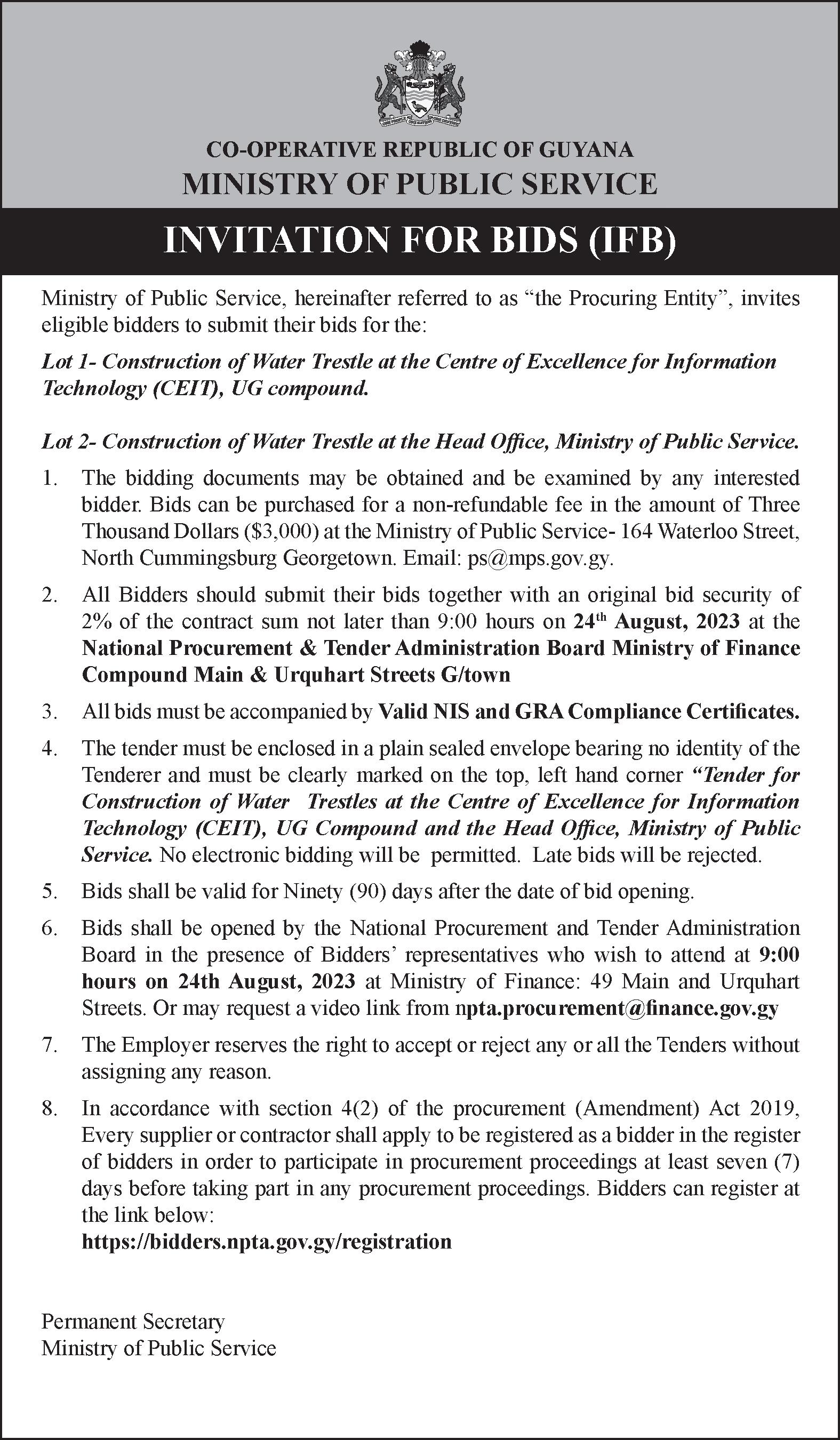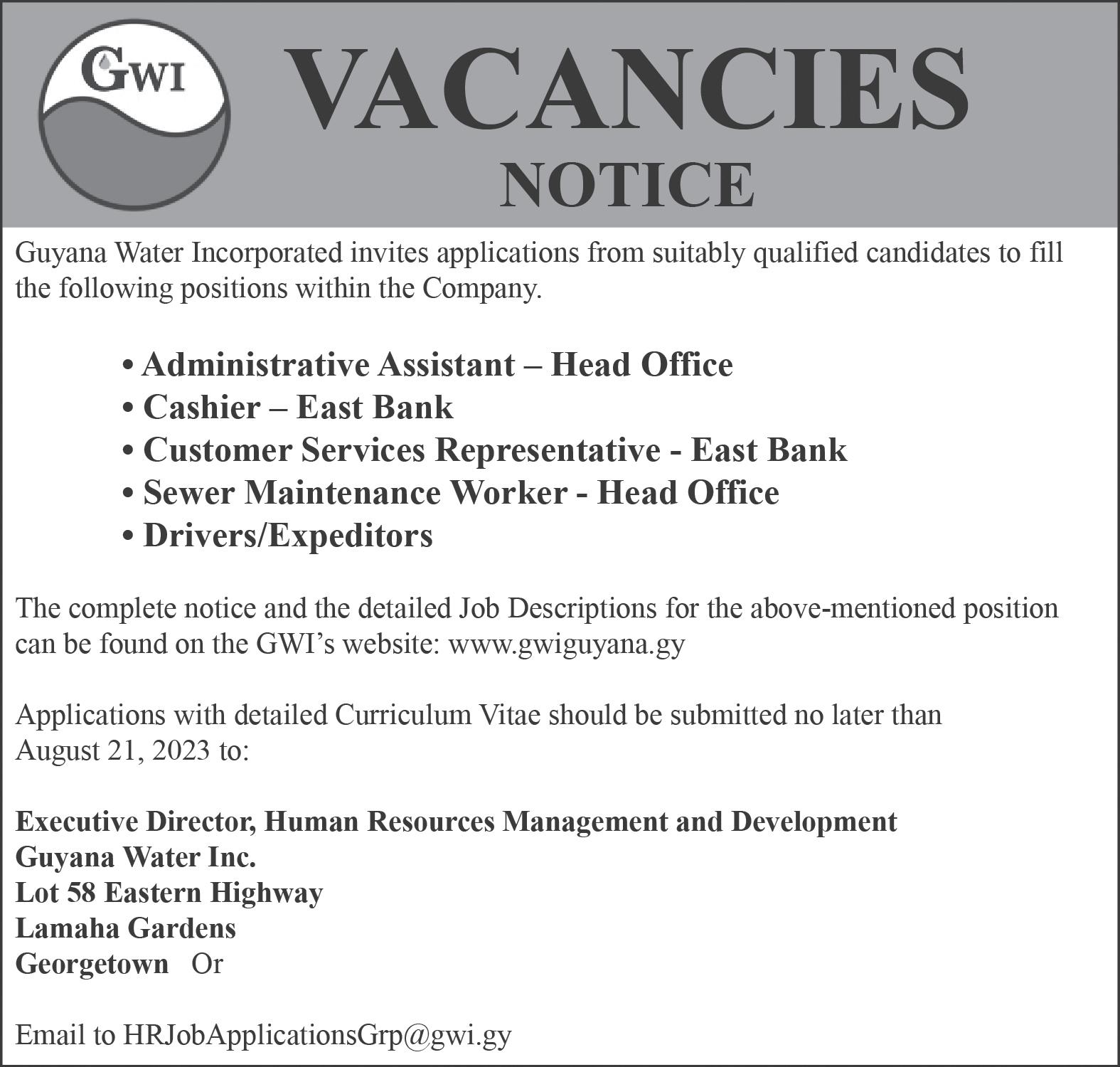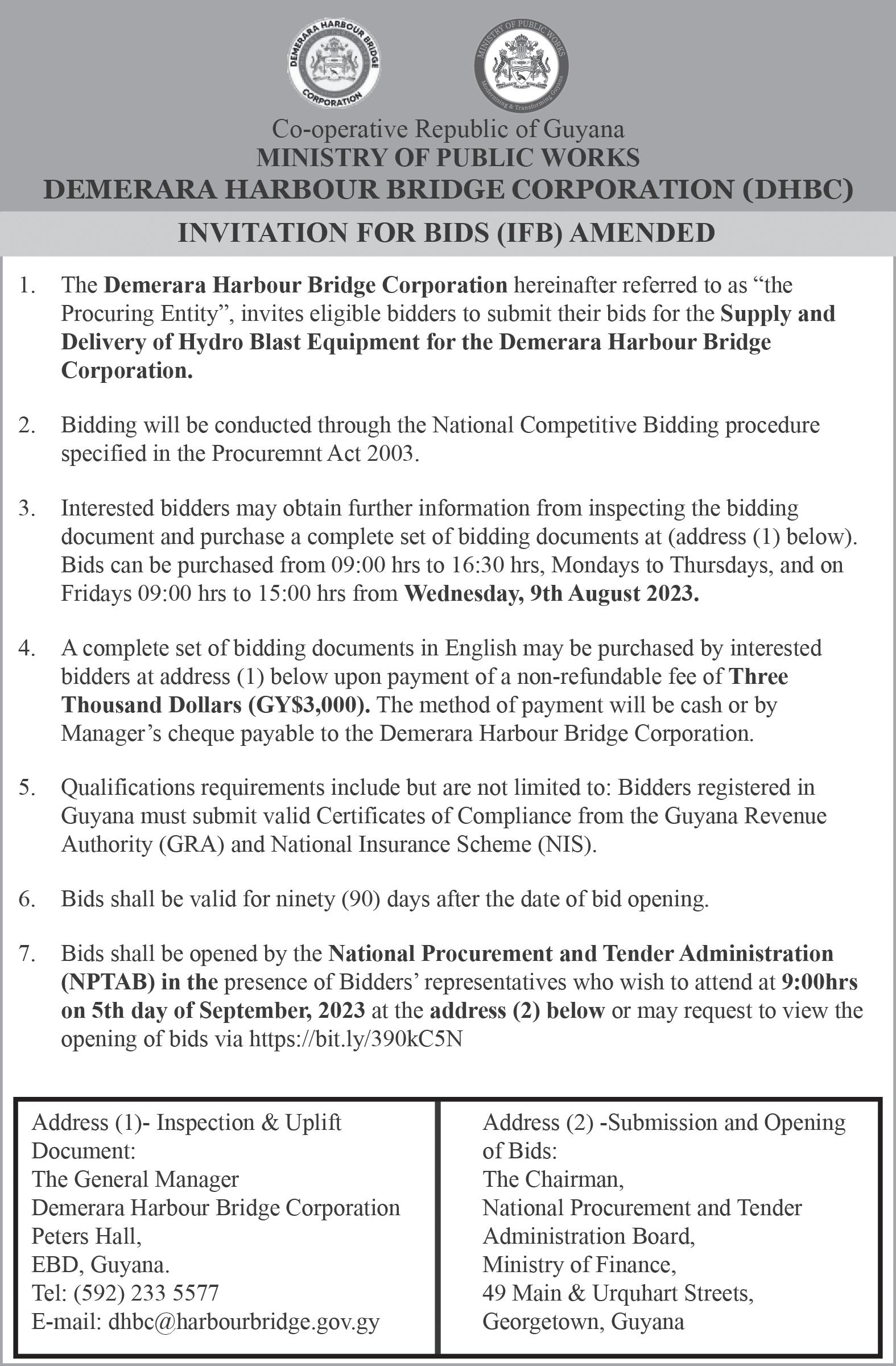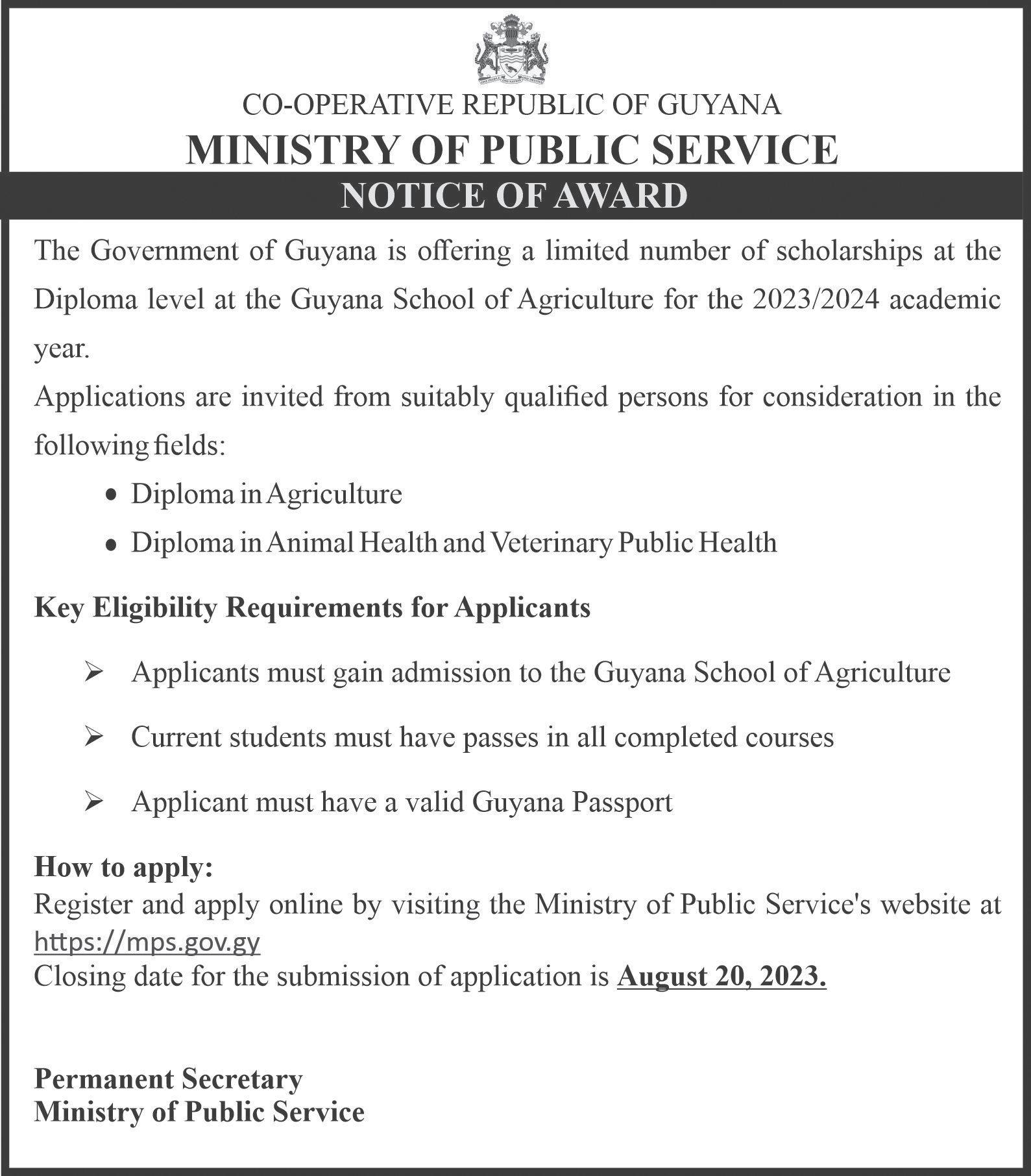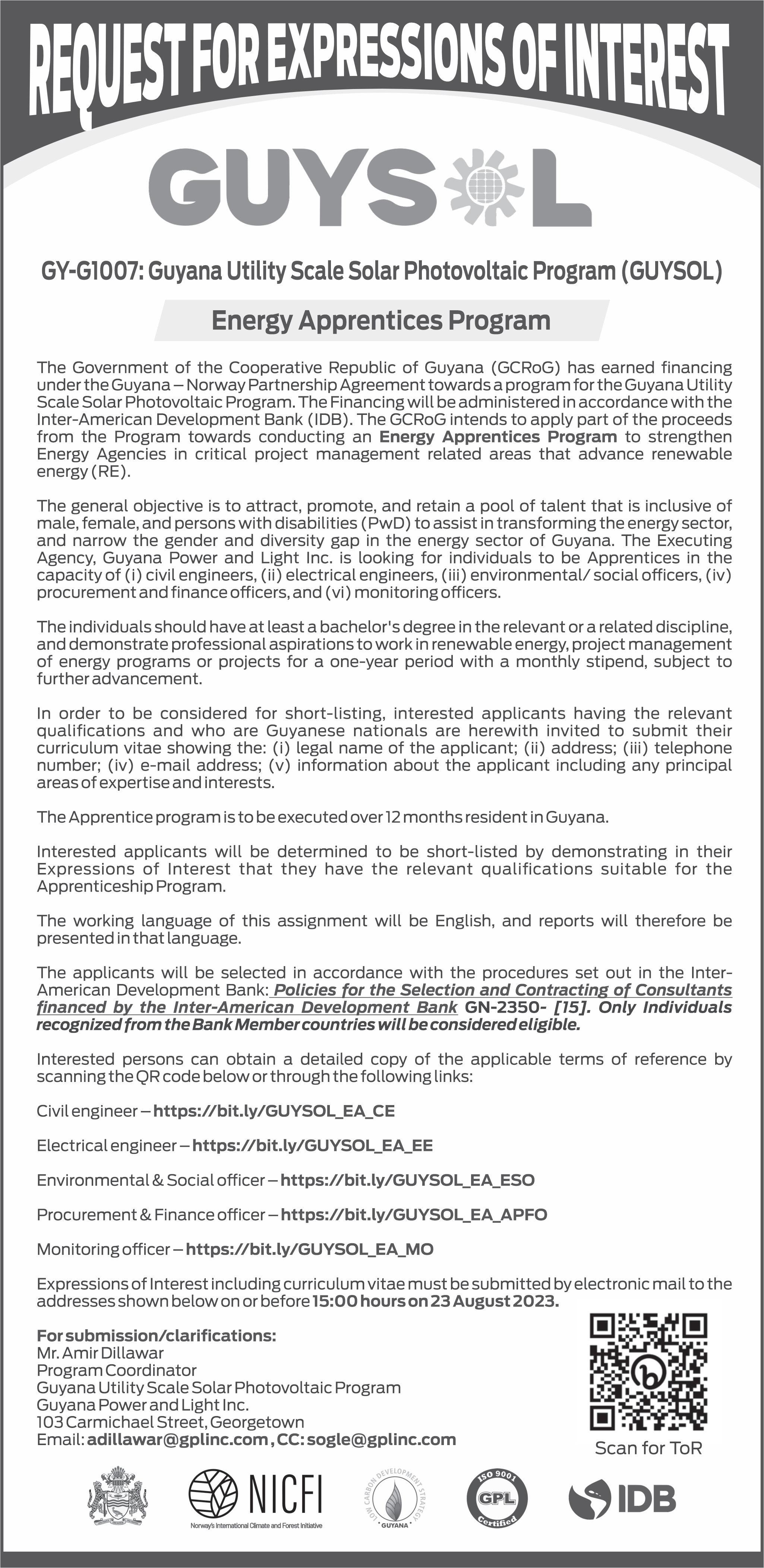
2 minute read
When British Royalty ...
FROM PAGE II few years, the service was exclusively for the transportation of cargo.
Later it was upgraded and included passenger sections. The service was well supported by the Upper, Middle and Lower ‘class’ sections of the population. The trains had first, second, and third class accommodation. Passengers of each class paid a different price for their tickets, with the First Class paying the highest and the Third Class paying the lowest price. Some passengers used to cheat the system and travel in a ‘higher’ class in the train than what they had paid for.
Advertisement
That was a practice which they never always got away with on a regular basis since there were Inspectors who wore impressive uniforms and stern countenances. They made unexpected checks and went from carriage to carriage, checking passengers’ tickets to ensure they had the right ticket for the train section in which they were travelling.
The T&HD trains had a ‘romance’ of sorts to them. The ‘click-clack, click-a-de-clack’’ of the wheels as they rolled across the small openings between each rail below, was almost like music. That sound was mesmerising and even welcomed by many passengers, especially those who desired to enjoy a nap. As one would appreciate, those who had to make a trip from Georgetown to New Amsterdam, for example, had to rise early, complete what had to be done at home, which many times included preparing a meal and get to the Train Station on Lamaha Street near Thomas Street on time. It was always a long and tiring day for the travellers.
Should the journey be from Georgetown to the West Coast of Demerara, that journey included a Demerara River Ferry crossing, and it was the T&HD Ferry steamer, the MV QUERIMAN that did that service. That was a long time before the Demerara Harbour Bridge was constructed. The dumping of the MV QUERIMAN ferryboat on the Eastern bank of the Essequibo River near Ampa Bay, is considered a disgrace by many of the thousands of Guyanese who it ferried across the Demerara River for many decades. Many feel that it should be moored somewhere convenient as a tourist attraction.
The trains which did the Vreed-en-Hoop to Parika service ran on a smaller gauge track than the Georgetown to Rosignol track. Anyway, as the saying goes, in certain situations, “Size doesn’t matter”, and both services did the job for which they were constructed and put into service; that of getting the travelling public safely and comfortably to their intended destination.
The historic railway systems in British Guiana included Services between Georgetown, the capital city on the Demerara River, and Rosignol on the Berbice River. In those early years, the sixty-plus mile train journey between the two destinations took over six hours. However, that was so, not because they were not bullet trains, but mainly because of the many and lengthy stops between the two locations. The most popular stop between Georgetown and Rosignol was at Mahaica. That was so because there were vendors who sold many popular items, especially snacks such as Fish-and-Bread. Passengers never complained about the length of the journey, since for the majority, that was the only train service they knew, and they had none other with which to make a comparison.
Those who used the train service found it much more comfortable than a journey by road, which was extremely rough in those times. There were many potholes and the roads in those days were not covered with asphalt. They were built with what was known as “red bricks.” Some sections of the public roads had two strips of concrete on which drivers would keep their vehicles to have a better ride. All-in-all, travelling by train was usually the popular choice. On one of her two visits to Guyana, Queen Elizabeth ll of England travelled from Georgetown to Plaisance in the carriage pictured in this article. Maybe it should be a bit of a tourist attraction, especially for English and other Brits.
